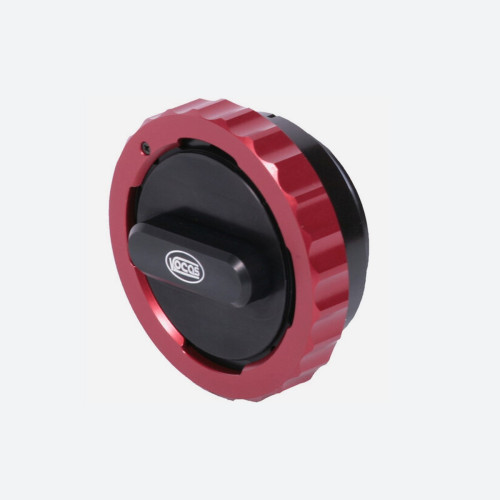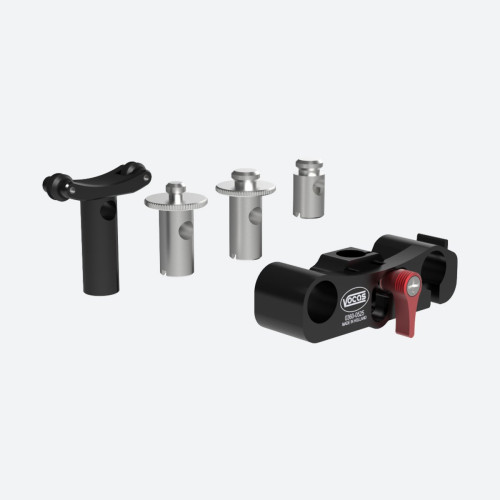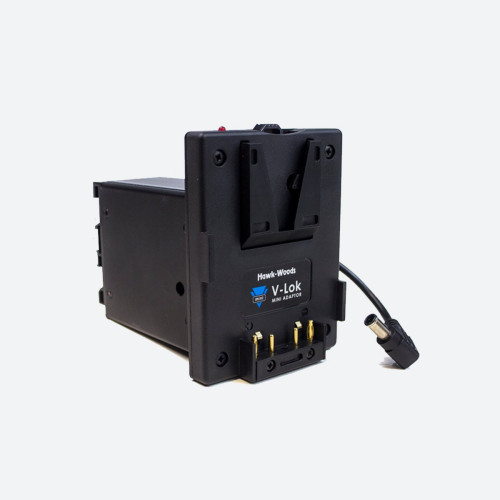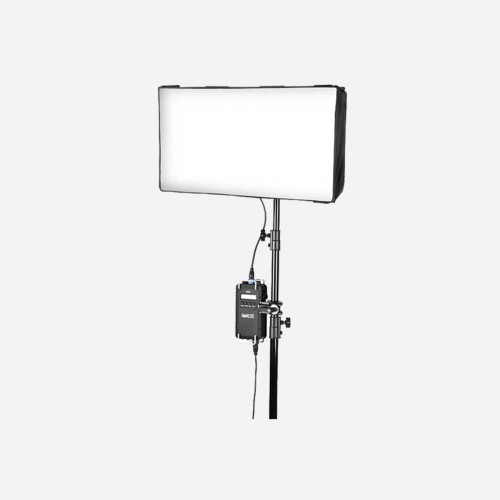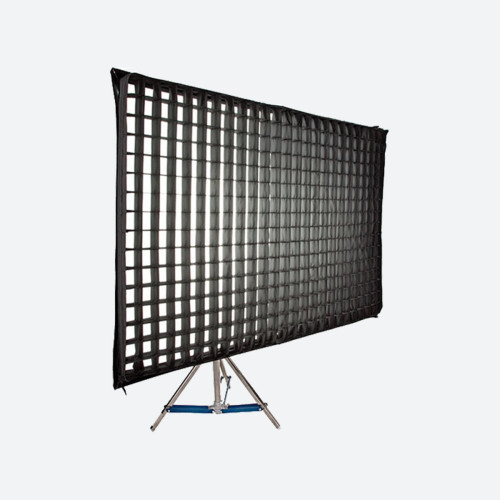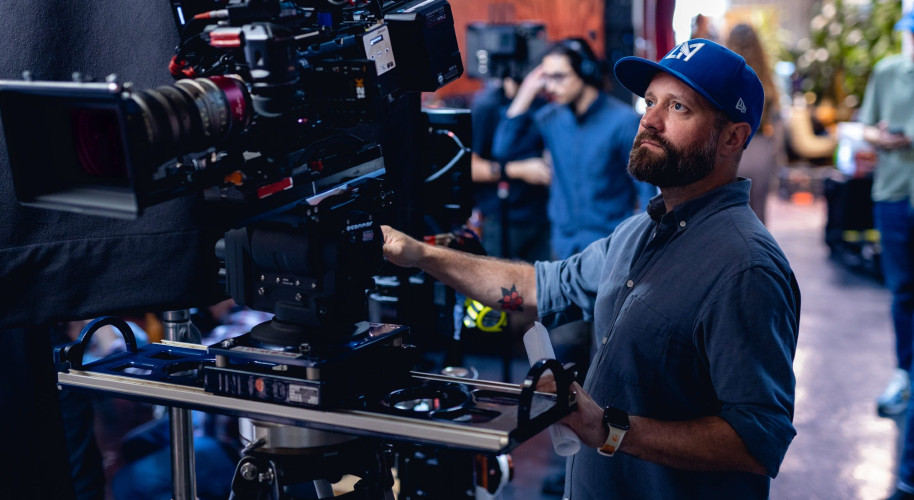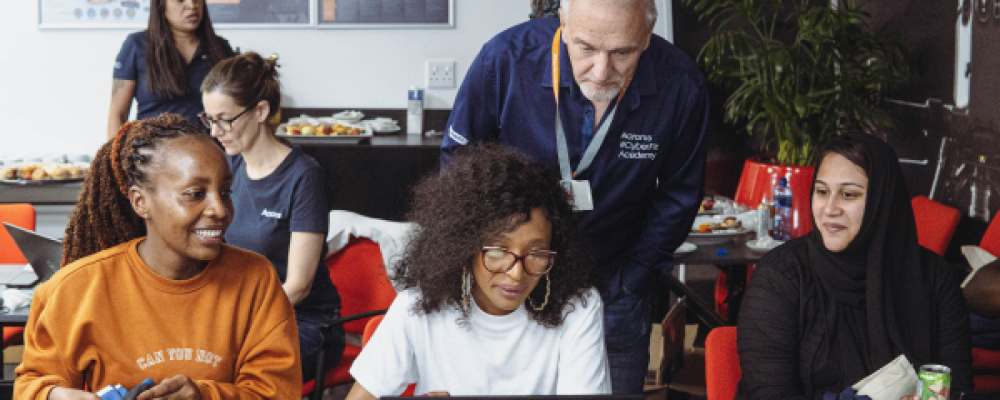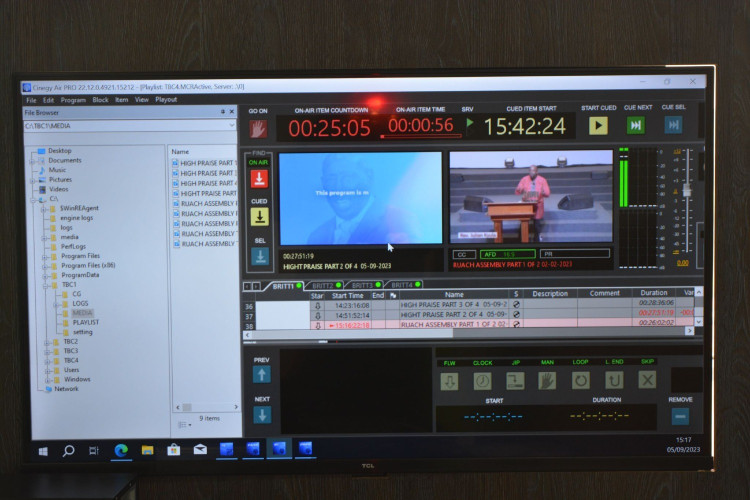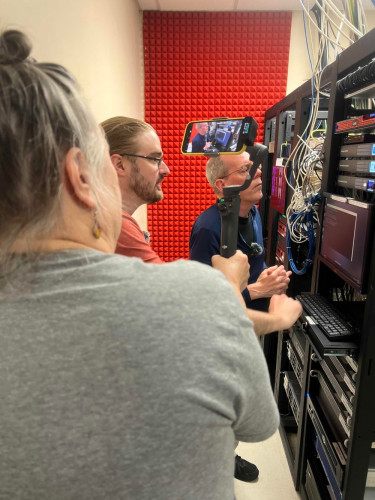Issue 88 - April 2014
Sequence Post recently completed the end-to-end post of the 10 part procedural crime drama, Suspects, starring Fay Ripley, Damien Molony and Clare-Hope Ashitey. The drama series was created and produced by Newman Street, part of FremantleMedia UK, for Channel 5.
Set in London, Suspects focuses on a team of three detectives and their distinctive approaches to the job of policing. Each episode tells a self contained crime story starting with a news report about the crime. Viewers then follow the team of detectives as they investigate the circumstances of the crime, collate and analyse the evidence and interview their suspects until they finally identify and charge the perpetrator.
Suspects, which is Channel 5s first original drama in several years, takes a different approach seldom used in the drama genre; namely by having the actors improvise the dialogue and using filming techniques and a directorial approach usually associated with factual programming and fly on the wall documentaries.
Sequence Post was contracted to provide the entire post solution, with post production supervisor Ben Foakes taking care of on set post infrastructure, which included a remote edit facility, with data wranglers using DaVinci Resolve as their ingest and transcode platform, and series titles design. Foakes also oversaw the finishing process at Sequence Posts central London boutique by colourist William H.W. Read.
Suspects was shot on HD cameras and designed for television, but from the onset, one of the aims was to give it a cinematic look, strong contrast and the right colours. A noir look, but contemporary, and paradoxically in full colour. And I think weve achieved that, says Read. The grading looks were shared across the 10 episodes and even feature some tricks that are present in nearly every shot around 4,000 for the whole series.
With such a big job, consistency is one of the key concerns when grading this much material. Episode one must look like episode seven, explains Read. And although the atmospheres are influenced by the different locations the detectives explore, the overall look must feel the same. Interestingly, the series was shot with a documentary approach and multiple lighting conditions, yet also had to have a high value production look: not an easy balancing act. And, well, the sheer volume of work is rather daunting.
The look was established while the series was in principal photography. Read had the chance to meet with DoP Graham Smith on set during prep and talk camera, looks and workflow. I then took test clips back to Sequence, made a palette of six looks across multiple conditions that I proposed to the producers. One look was picked and the producers attended the first grade to see this deployed on an episode and signed off, right there, the look for the whole season!
Resolves node based architecture is essential for speed and the management of complex grades; it also suits my meticulous grading style. Among the features that made a difference is Resolves ability to manage large looks libraries through the Gallery. Every episode was condensed in a best of bin that was incrementally added to the new episodes. This helped with consistency and with speed.
The series also made use of the latest improvements to Resolve 10. The ability to compare multiple clips in the timeline by using the split screen with selected clips option allows wide comparisons of clips for consistency across scenes. This was particularly important given that we had to balance an on the fly look with high production values and the challenging lighting conditions. Also, given that the shoots were multicam, this helped me match camera A and B.
Some episodes benefited from the newly integrated ability to embed third party plugins. I used a couple of external plugins in-line of my grades to first remove grain, then add grain to some of the noisier shots, explains Read. A sort of personally customised texture control: it made an unbelievable difference. A lot of the series is shot outside, in dark alleys, at night, in basements and clubs, and the lighting isnt always optimal. With this texture control, I was able to push underexposed shots by an additional 1 or 2 stops without being crippled with image noise.
The series was finally mastered to DPP specification AS-11 mxf files, quality checked by the inhouse Sequence technical team and delivered over fibre using Aspera directly to Deluxe on behalf of Channel 5 for transmission.




